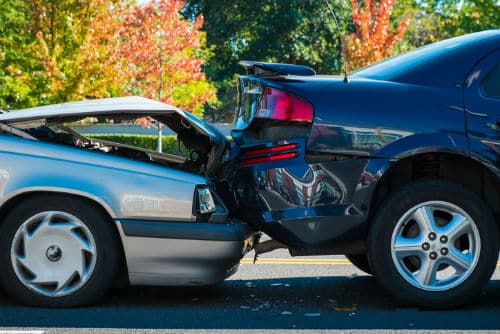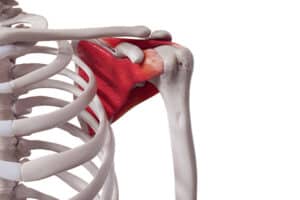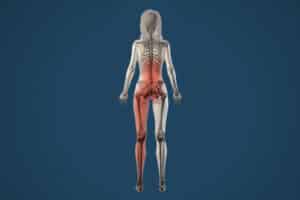Let's Talk Car Accident Prevention

If you are hoping to avoid car accidents, one thing you may want to know about, is where the most accidents happen in the Lower Mainland.
Where is the most common intersection?
From all the research, the most commonly listed intersection is in Burnaby, at the interchange of the Trans-Canada Highway and Willingdon Avenue. This includes the on- and off- ramps, and the turning lane. This intersection has the distinction of being the most crash-prone in all of British Columbia.
The Most Common Car Accident Intersections (2015 list):
- Burnaby – Trans-Canada Highway and Willingdon Avenue
- Coquitlam/New Westminster – Trans-Canada Highway and Brunette Avenue
- Burnaby – Trans-Canada Highway and Gaglardi Way
- Vancouver – Knight Street and SE Marine Drive
- Langley – 264th Street and 56th Avenue (near Hwy. 1)
- Burnaby – Kensington Avenue and Trans-Canada Highway
- Langley – 232nd Street and 72nd Avenue (near Hwy. 1)
- Surrey – 88th Avenue and King George Boulevard
- Surrey – 128th Street and King George Boulevard
- Surrey – 72nd Avenue and King George Boulevard
A trend from the list
If you read the information from above, many of these locations involve on- and off- ramps for the Trans-Canada Highway. These are various spots along the highway, within the Lower Mainland (from Vancouver, out to the Langley area).
Wait a minute….just car accidents?
This information is about accidents – one vehicle crashing into another vehicle. However, the Vancouver Police Department notes that many of these accidents involve pedestrians, some that include pedestrian fatalities. Take care while driving, but do not forget about pedestrians while out on the roads.
Information on Distracted Driving
Texting while driving is truly a distraction. In British Columbia, this has become an even greater problem. In June 2016, the province of B.C. more than doubled the fines for a first time offender for texting while driving (to $368). And repeat offenders will receive escalating fines for each offence. “Some people are still not getting the message,” Transportation Minister Todd Stone said in a statement. “Today’s announcement … sends the message loud and clear. We will not tolerate distracted driving on our roads.”
On their website, the Canadian Automobile Association notes that drivers who engage in text messaging are 23 times more likely to be involved in a crash, or near crash event, compared to non-distracted drivers.
New York State is looking into possible legislation, to find out if drivers were texting while driving, at the time of a car accident. This new idea is being compared to a breathalyzer, called a `texalyzer`. This would allow police at an accident scene to immediately examine drivers’ cellphones with a device to see if they had been texting, swiping, or clicking. At least 46 states in the U.S.A. have banned texting while driving.
B.C. Legal Challenge
Much more recently, the laws in B.C. were challenged. During March 2017, the police handed out 764 distracted driving tickets in Burnaby. A man in North Vancouver challenged a ticket he was given – not for speaking on his phone – but for plugging it in while stopped at a red light. The B.C. Supreme Court has ruled this ticket is valid. The law cast a wide net, and has to do with the handling of the device, not whether it is was sending or receiving messages.
Car Accident Prevention
Vehicle accidents can be serious. They can lead to death, brain injuries, pedestrian accidents, and of course, damage to vehicles as well. Read to learn 10 tips for recovering from car accident related injuries.
Distracted Driving
There are several helpful suggestions to aid with distracted driving:
- Only use a cellphone in the car, in case of emergency
- Better idea – pull over to use the cellphone, or make that call
- For new drivers, take several months, before you drive with friends in the car
Speeding
- Always follow the posted speed limit
- Speed limits are set for ideal conditions (slow down in bad weather, or with a high traffic volume)
- Note where you are driving — slower in residential neighbourhoods
- Keep an eye out for school zones, and park areas
- Speeding is often mentioned as a contributing factor, in police-reported crashes
Driving at Night
- All drivers need to slow down for night driving
- Experienced drivers are more able to anticipate and react to hazards
- As you learn to drive at night, you will become a better night-time driver
High-Risk Driving
The lists above include a number of helpful ideas. Here are some more specifics on high-risk factors.
- Be sure to yield. Failure to yield is one of the leading causes of crashes in B.C.
- Extra caution is needed when yielding, while making a left turn
- In B.C., 7 out of 10 pedestrians are killed, from vehicles turning left – while the pedestrian had the right of way
- Do not count on others to obey the rules of the road, or to make allowances for you
- Obey traffic signals – including yellow lights and stop signs
- Do not sail through stop signs; this can put others at risk
- A yellow light means you must stop unless it is unsafe to do so
- Following too closely (or tailgating), does not allow you enough time to stop in an emergency
- Passing can be dangerous, especially passing on the right, and when your line of sight is obscured
- Passing around big trucks can be difficult, always give yourself enough room to do this
ICBC has put together a list of items on High Risk Driving here.
And, there’s information out there for new drivers as well, from The Children’s Hospital of Philadelphia, Teen Driving Source
References
Most Dangerous Intersections in Metro Vancouver http://www.vancouversun.com/news/crash/metro+vancouver+most+dangerous+intersections/3508377/story.html — written October 2010 (accessed May 25, 2017)
The Top 10 Most Dangerous Intersections in Vancouver
http://www.vancitybuzz.com/2015/11/dangerous-intersections-vancouver/ — written November 2015 (accessed May 25, 2017)
B.C. More Than Doubles Penalty for Distracted Driving
http://www.cbc.ca/news/canada/british-columbia/bc-distracted-driving-law-change-1.3573249 — written May 2016 (accessed May 25, 2017)
Canadian Automobile Association (CAA), on Distracted Driving
https://www.caa.ca/distracted-driving/
(accessed May 25, 2017)
New York Eyes ‘textalyzer’ to Combat Distracted Driving
http://www.ctvnews.ca/sci-tech/new-york-eyes-textalyzer-to-combat-distracted-driving-1.3413000 — written May 2017 (accessed May 25, 2017)
B.C. Supreme Court Ruling Sets Strict Standard for Distracted Driving
http://globalnews.ca/news/3482550/b-c-supreme-court-ruling-sets-strict-standard-for-distracted-driving/ — written May 26, 2017 (accessed May 30, 2017)
Teen Driver Source, The Children’s Hospital of Philadelphia – Research Institute http://www.teendriversource.org/more_pages/page/car_accident_prevention/teen — updated August 2016 (accessed May 30, 2017)
Why Crashes Happen? (ICBC) http://www.icbc.com/road-safety/crashes-happen/Pages/Default.aspx — (accessed on May 30, 2017)







